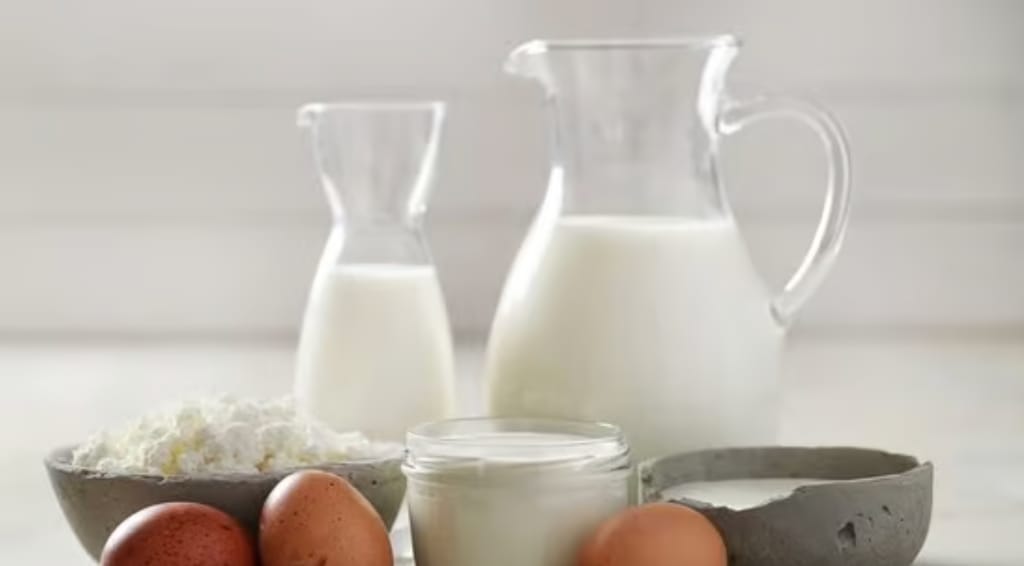
The Food and Drug Administration (FDA) announced on Tuesday (April 23) that bits of the bird flu virus had been discovered in a few samples of pasteurized milk in the United States, raising health concerns across the country.
Although the agency has maintained that the milk is safe to consume, it has stated that it is still waiting for the test results to confirm this.
The FDA’s results came less than a month after the H5N1 strain of avian flu was found for the first time in dairy cows across many states. Since then, the flu has been identified in herds in eight states.
The FDA stated that remnants of the bird flu virus were identified when pasteurized milk samples were analyzed
The FDA, in collaboration with the US Department of Agriculture and the Centers for Disease Control and Prevention, is investigating the outbreak.
The FDA stated that remnants of the virus were identified when pasteurized milk samples were analyzed.
The testing method employed is PCR testing, which looks for fragments of genetic material. If the results are positive, it does not imply that they have discovered a living, infectious virus.
“Based on available information, pasteurization is likely to inactivate the virus, however, the process is not expected to remove the presence of viral particles,” said the agency in a release that it plans to make public on Tuesday.
“To date, we have seen nothing that would change our assessment that the commercial milk supply is safe. Results from multiple studies will be made available in the next few days to weeks,” added the agency.
The FDA is specifically looking at whether pasteurization inactivates avian flu in cow milk. The findings would be available within the “next few days to weeks,” according to the statement.
The FDA will conduct its testing using egg inoculation tests, which are considered the gold standard for determining if a sample is contagious. In this test, they inject a chicken egg with a small amount of infected milk and see if the active virus starts to replicate
